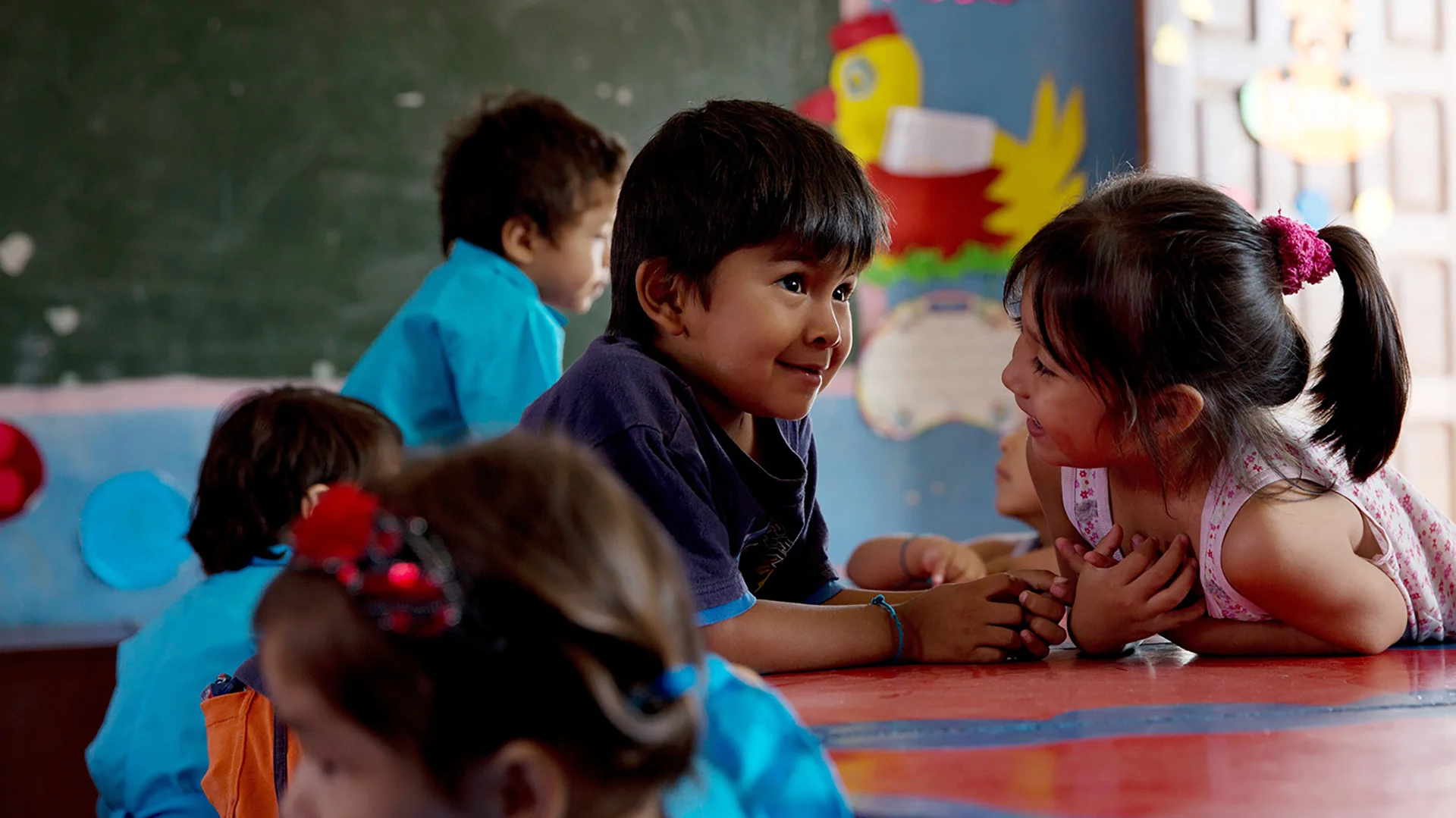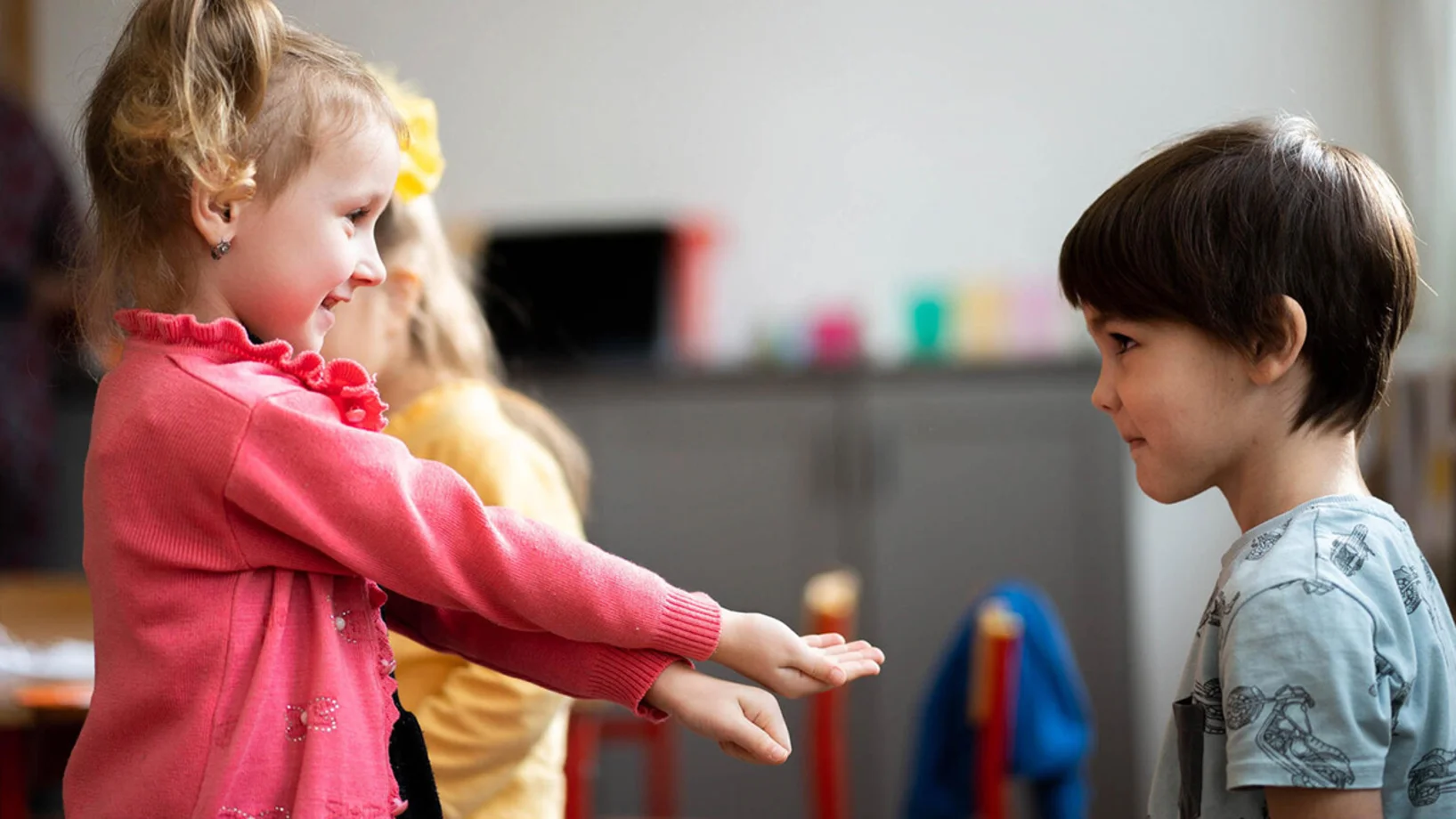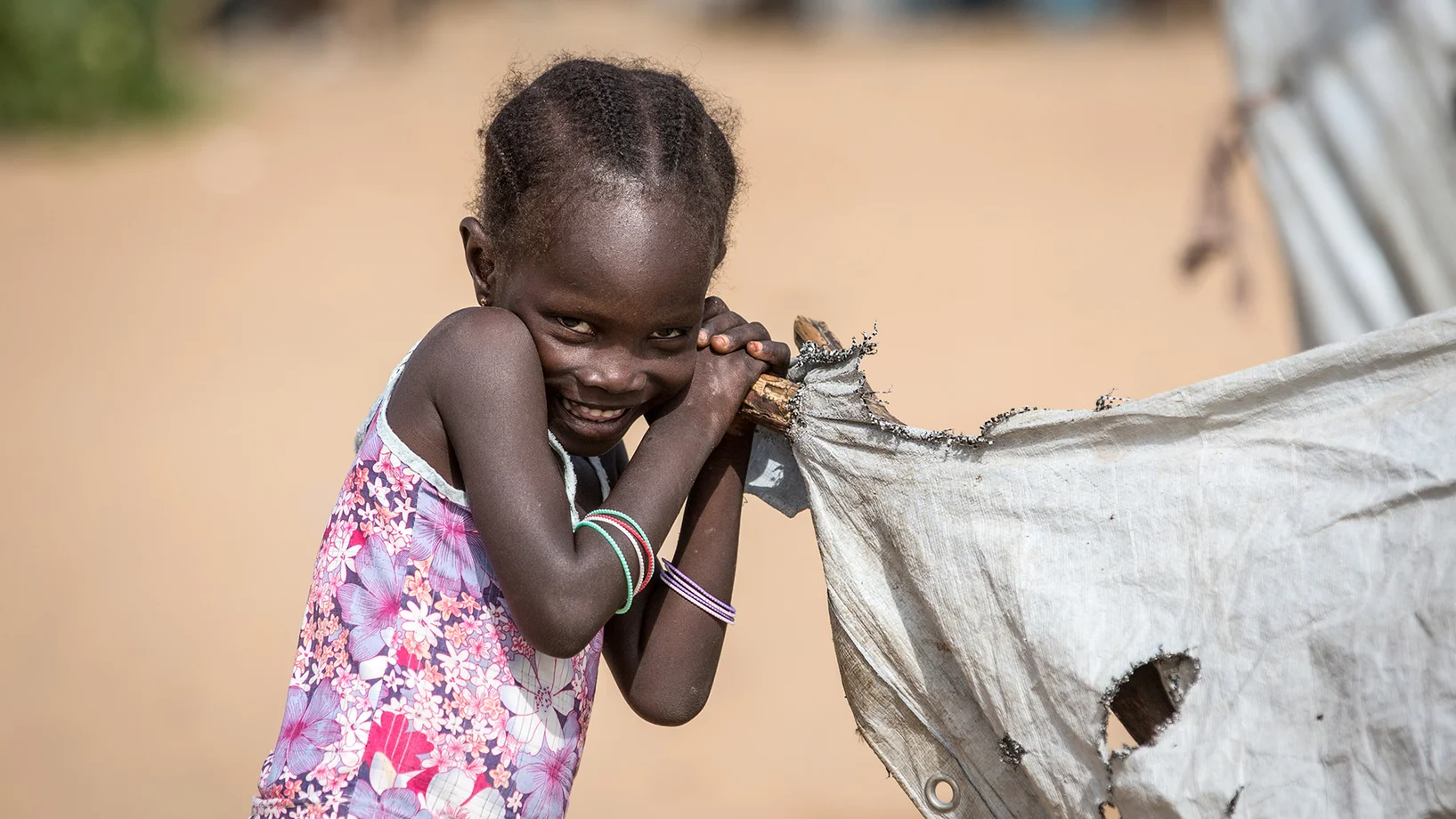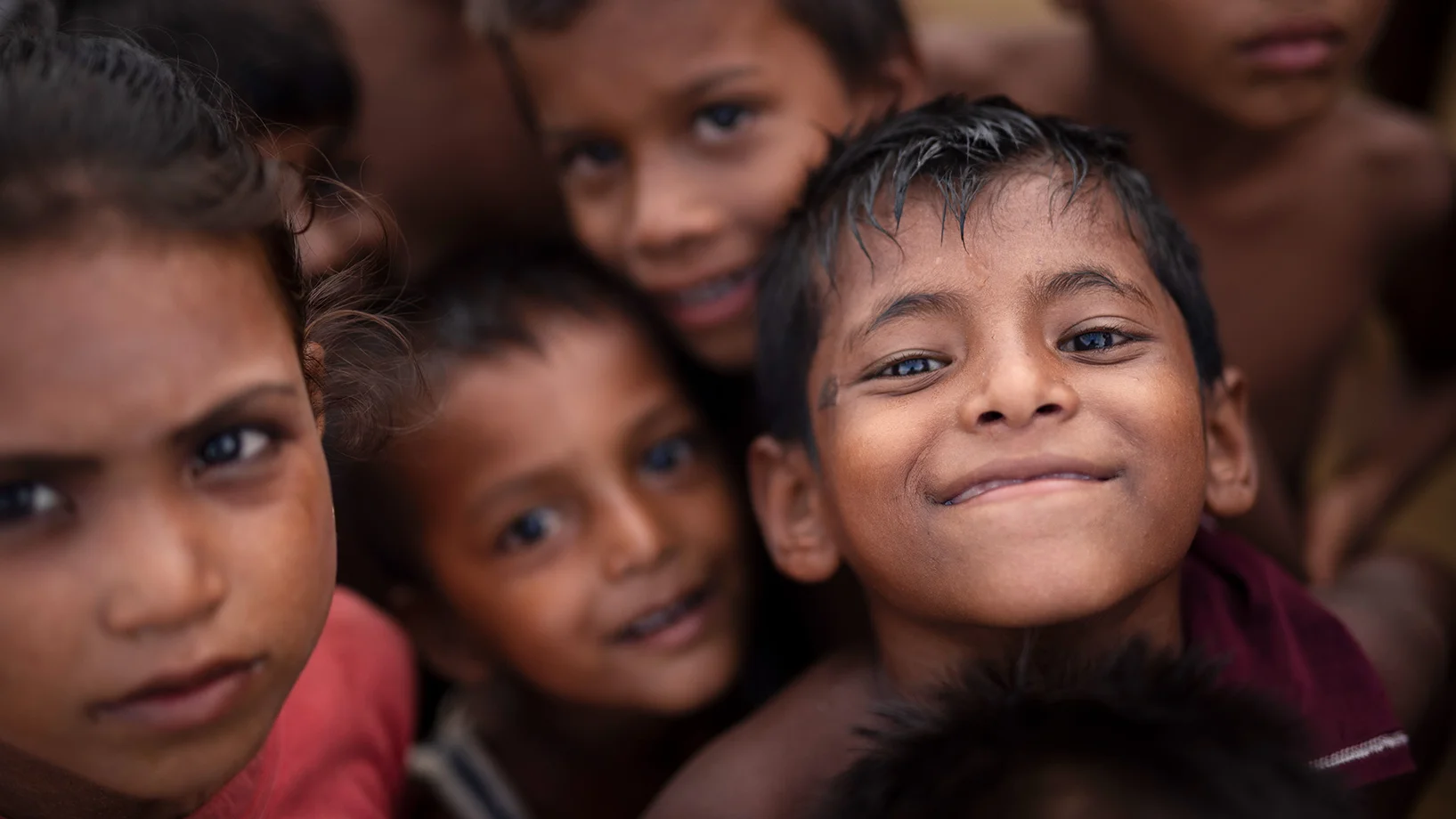
The UN Convention on the Rights of the Child
Every child in the world has a right to grow up healthy and safe, to develop their potential, to be listened to and to be taken seriously. This is what the UN General Assembly enshrined thirty years ago in the Convention on the Rights of the Child.
On November 20, 1989, the United Nations General Assembly adopted the UN Convention on the Rights of the Child. For the first time, all of the world’s children were given specific rights: to survival, development, protection and participation.
The Convention formulates basic global values to be applied to children across all social, cultural, ethnic and religious groups. For the first time, children are regarded as independent personalities who have their own opinions and are allowed to express them. All Member States except the United States have ratified the Convention.
Content and basic principles
The Convention on the Rights of the Child comprises 54 articles based on four fundamental principles:
1. The right to equal treatment
No child shall be placed at a disadvantage, whether because of their gender, origin or nationality, language, religion or skin color, a disability or their political views.
2. The right to respect for the best interests of the child
Whenever decisions are made that may affect children, the best interests of the child take precedence. This applies both within the family and to government actions.
3. The right to life and development
Every child must have access to medical care, be able to go to school, and be protected from abuse and exploitation.
4. The right to be heard and to participate
All children shall be taken seriously and respected as indviduals. This also means giving them information in a form appropriate to their age and involving them in decisions.
More than 30 years of children’s rights
After more than 30 years since the adoption of the Convention on the Rights of the Child, a lot has been achieved for children around the world. Thanks to better care and vaccinations, fewer and fewer young children are dying from preventable causes. More and more children, especially girls, are attending school. Progress in child protection has been rather sluggish, however, with child labor, early marriage and female genital mutilation still widespread. The number of unreported cases of abuse, exploitation, neglect and discrimination is also high.
Working together, all of us, including governments, business, civil society and each and every individual, can make the world a better place for children and make it our goal to make children’s rights attainable for every child.


